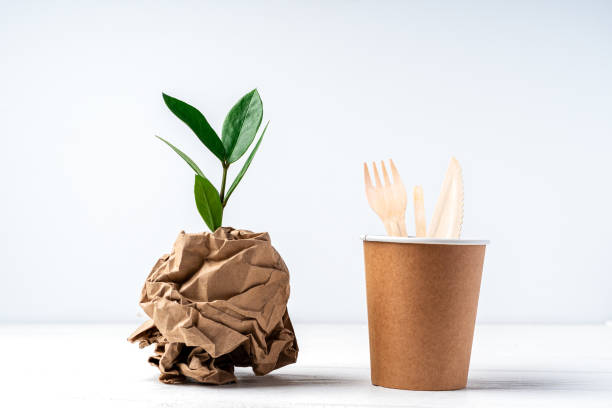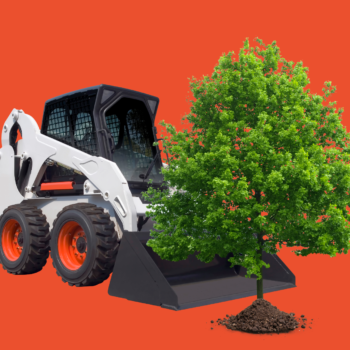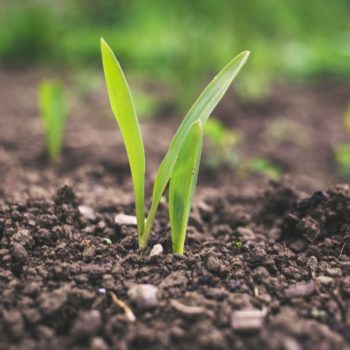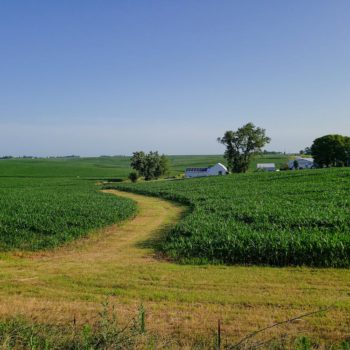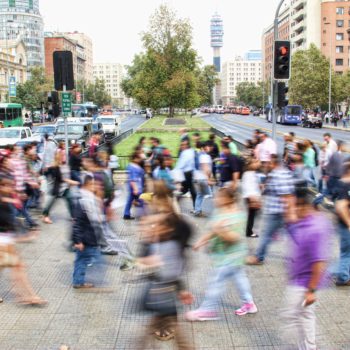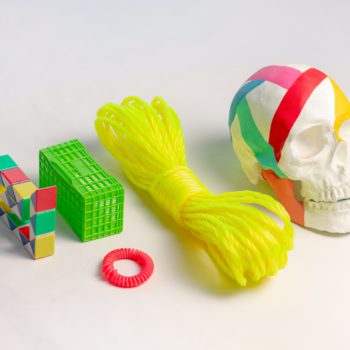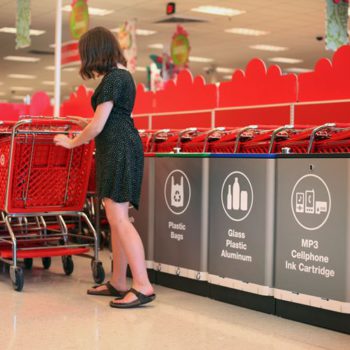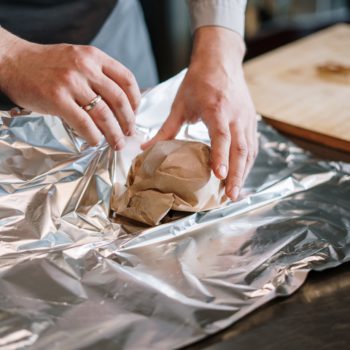|
|
In today’s world, where we are becoming more conscious of the impact of our actions on the environment, it is important to understand the difference between compostable and biodegradable products. These terms are often used interchangeably, but they have distinct meanings.
In this article, we will explore the definitions of compostable and biodegradable, the process each goes through, and the importance of choosing the right option for a sustainable future.
Defining Compostable and Biodegradable
Compostable” things, like some plant-based plastics and natural stuff, can change into special dirt called compost when the right conditions are met. These conditions include tiny living things like bacteria, fungi, air, warmth, and water.
For example, spoons made from cornstarch can turn into useful compost when you throw them away correctly. Compostable stuff is made to help the Earth’s natural cycle by making soil better.
Now, “biodegradable” things can break down naturally with the help of tiny living things. They change back into basic parts and become one with the environment again. This change can happen in different places, even in big garbage piles with little air, and things break down slowly. An example is some paper that can slowly return to nature without leaving behind stuff that stays long.
How Composting Works: A Natural Recycling Process
Composting is like nature’s recycling. Imagine you have banana peels, leaves, or food scraps. When you put them in a compost pile, tiny living things called bacteria and fungi start to eat them. These little creatures turn the food scraps into simpler stuff like air, water, and “biomass.”
These banana peels can become composted in a few months to a year. That’s pretty fast! The compost pile gets warm, and this heat helps eliminate bad stuff like germs and weed seeds. What’s left is safe, super-rich compost that makes soil better for plants.
Learn from the Mystery Science YouTube video on how composting works.
How Things Naturally Break Down: Biodegradation
Imagine a plastic bag and an apple core left outside. Over time, tiny living things called microorganisms, like bacteria, come to eat them. These microorganisms change the bag and apple core into simpler stuff.
But here’s the thing: while compostable stuff turns into dirt quickly in special conditions, biodegradable things can take many years or even decades to break down fully. It depends on what they’re made of, where, and if enough microorganisms exist. For example, this paper bag left in a landfill might slowly become simpler over many years, but it’s not as quick as composting.
Watch the YouTube upload of the process of biodegradation of organic compost.
Choosing Between Compostable and Biodegradable
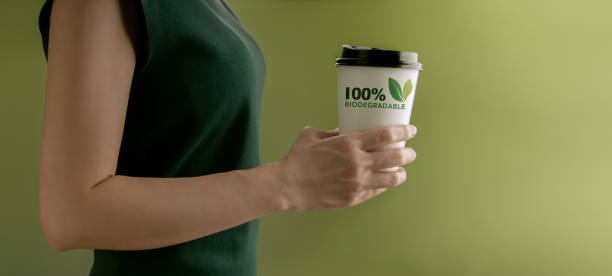
When you have to pick between compostable and biodegradable stuff, think about how you’ll use it and where it’ll end up. Compostable things work best in special composting places. They turn into useful dirt fast. These items are usually made from natural stuff like plant fibers and don’t have plastic or synthetic materials.
Now, biodegradable stuff can break down in different places over time. But here’s the catch: not all biodegradable things can be used in compost. Some biodegradable plastics, for instance, can take many years to break down and might leave behind bad stuff.
It’s like when you imagine having a biodegradable plastic fork. You can’t throw it in your backyard and expect it to turn into compost fast. It doesn’t work like that.
The Right Way to Dispose for a Greener Planet

To make the most of it, try to compost and biodegrade products and be eco-friendly through proper disposal. When something is labeled as compostable, it should be directed to dedicated composting facilities. These places can work their magic and transform them into nutrient-rich soil. As for biodegradable items should be placed in specialized waste systems to ensure they break down effectively.
When we follow these practices, we have a big positive impact. Less organic material waste ends up in landfills, which means we produce less harmful methane, a potent greenhouse gas. Biodegradable items naturally break down, reducing the waste piling up in landfills.
For instance, if you have a compostable coffee cup, don’t simply discard it anywhere. Seek out a nearby compost bin or facility to contribute to creating valuable soil and help reduce carbon dioxide emissions.
Frequently Asked Questions
Biodegradable and compostable are often used interchangeably, but they have distinct differences. Biodegradable means an item can break down into natural elements over time, while compostable means that an item can break down into nutrient-rich compost in a specific compost environment.
Compostable plastic refers to a type of plastic that can break down into compost or organic matter under specific composting conditions. It is designed to mimic the qualities of traditional plastic while having a lower environmental impact.
Yes, compostable products are biodegradable. However, not all biodegradable products are compostable. Compostable products are designed to break down into nutrient-rich compost in a composting environment.
Compostable means that a product is capable of decomposing into nutrient-rich compost in a compost environment. This process requires specific conditions such as temperature, moisture, and microorganisms to facilitate the breakdown of the item.
Compostable items degrade by undergoing a biological process called composting. They break down into organic matter through the action of microorganisms, heat, and moisture in a compost environment. This process results in the creation of nutrient-rich compost.
The term “biodegradable” refers to the ability of a material or product to break down into natural elements through natural processes over time. It indicates that the item will not persist in the environment as waste for an extended period.
The main difference between biodegradable and compostable products lies in their decomposition processes. Biodegradable products can take several years to break down, while compostable products break down more quickly and turn into nutrient-rich compost when in the right composting conditions.
Not necessarily. While biodegradable products can eventually break down into natural elements, they may not meet the specific criteria for composting. Compostable materials, on the other hand, are designed to break down into nutrient-rich compost in a compost environment.
Plastic waste refers to any discarded plastic material which can persist in the environment for hundreds of years. Compostable plastic, however, is specifically designed to break down into compost or organic matter, reducing its impact on the environment.
Compostable products are designed to have a lower environmental impact than traditional plastic products. They break down into compost or organic matter, whereas traditional plastic can take hundreds of years to degrade and often causes significant environmental pollution.
Conclusion: Choosing Wisely for a Sustainable Future
In conclusion, while “compostable” and “biodegradable” may sound similar, they hold distinct meanings. Compostable materials transform into nutrient-rich compost through intentional composting, whereas biodegradable materials naturally break down with time. To make eco-conscious choices, assessing the purpose and disposal method when selecting between these products is crucial.
By grasping the disparity between compostable and biodegradable and making informed choices, we play our part in crafting a more sustainable future, safeguarding the environment for future generations. Let’s be stewards of the Earth and take steps towards a greener, cleaner planet.
